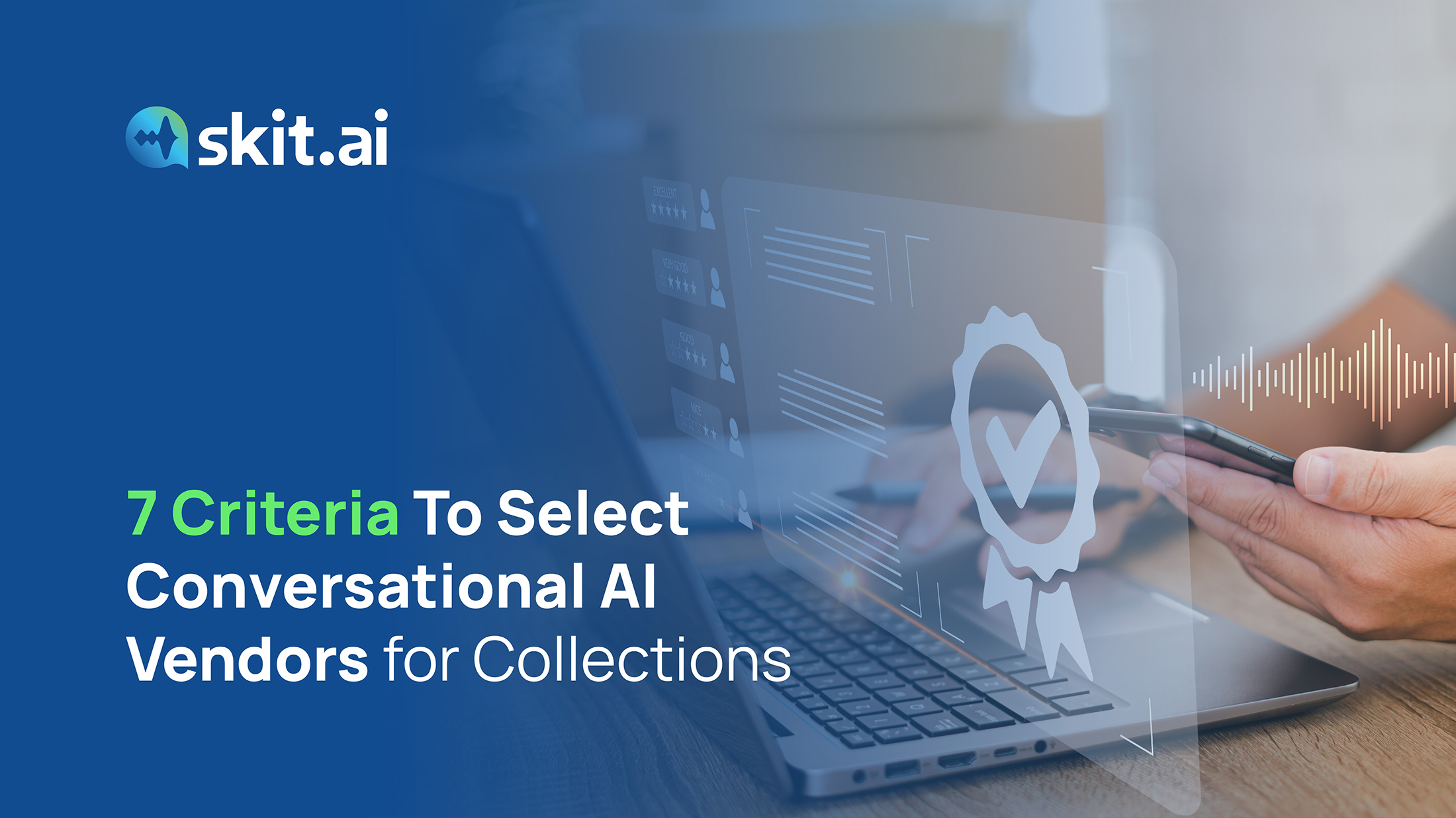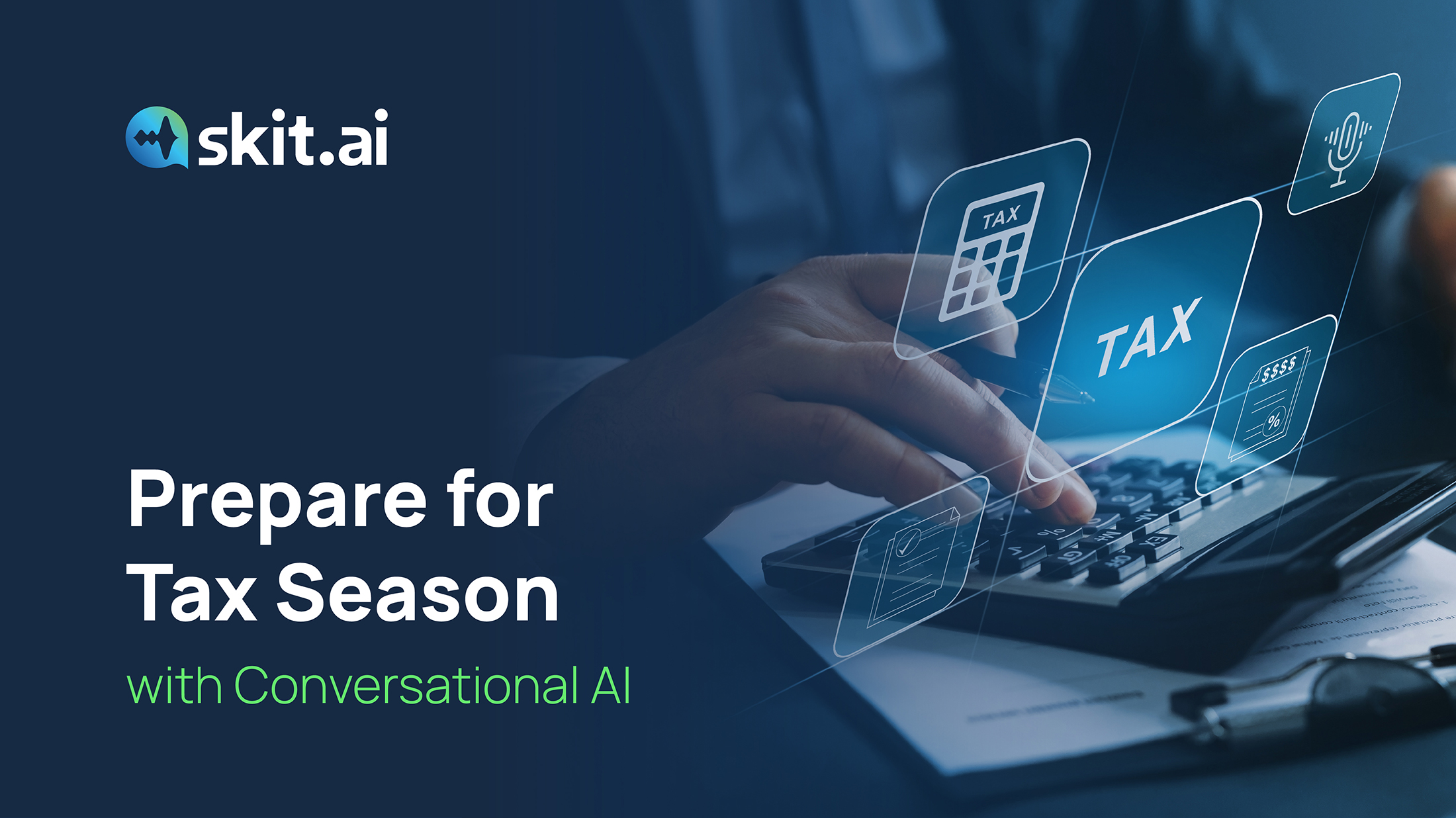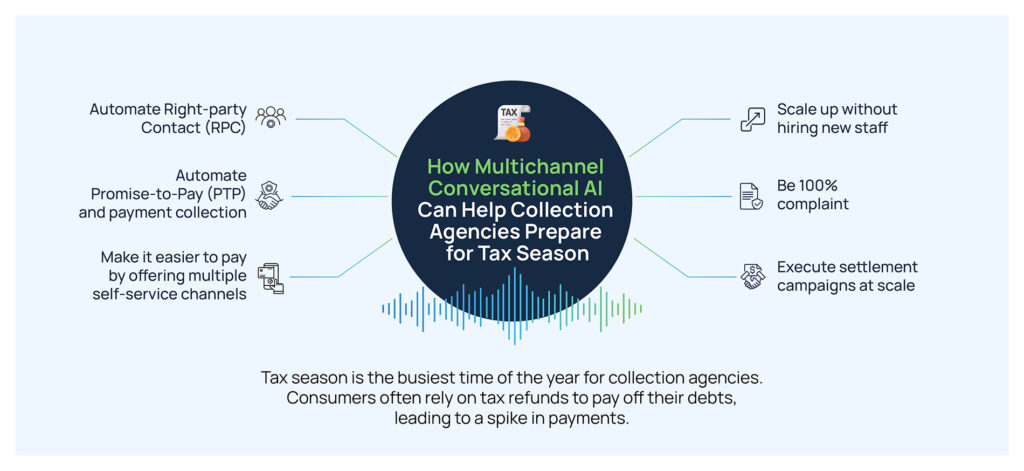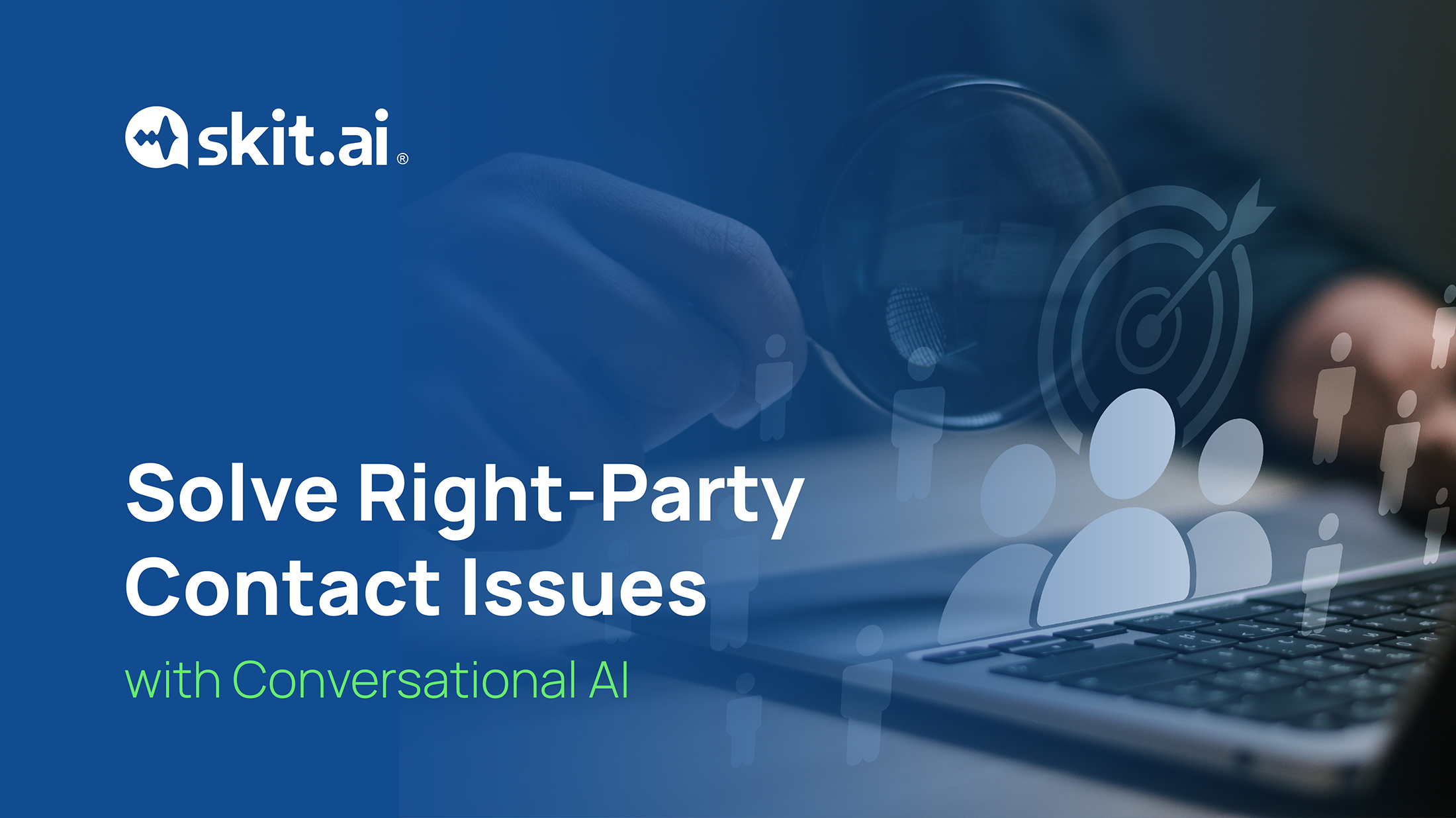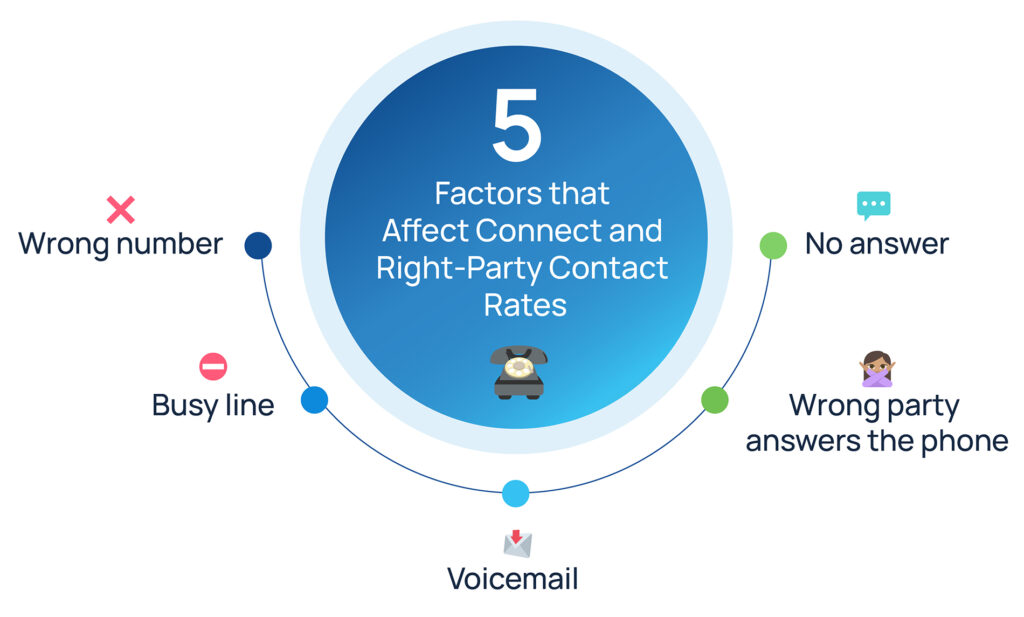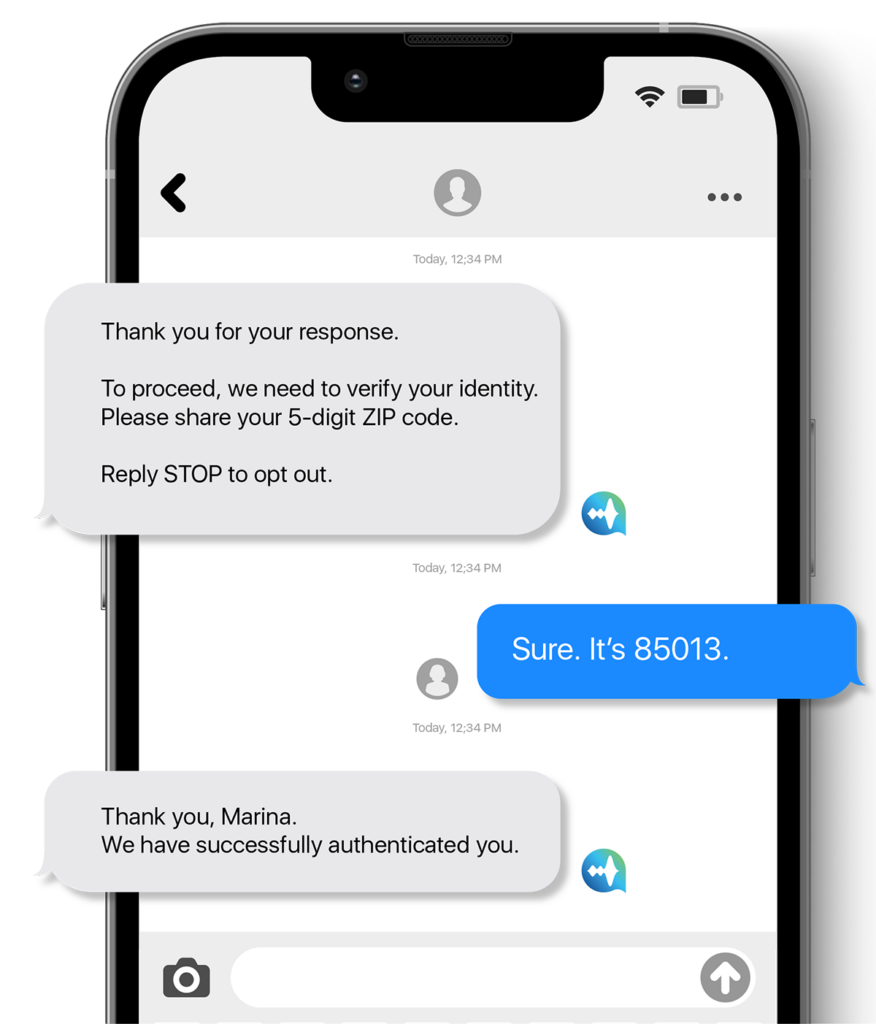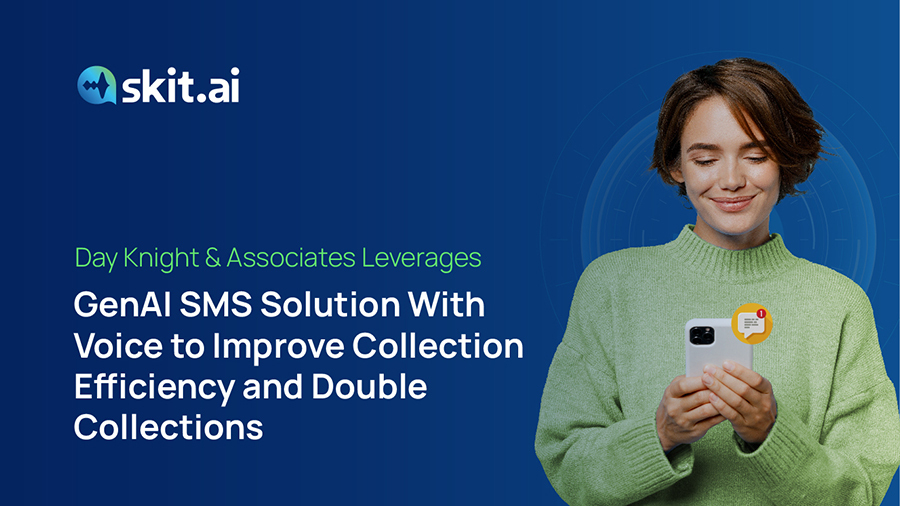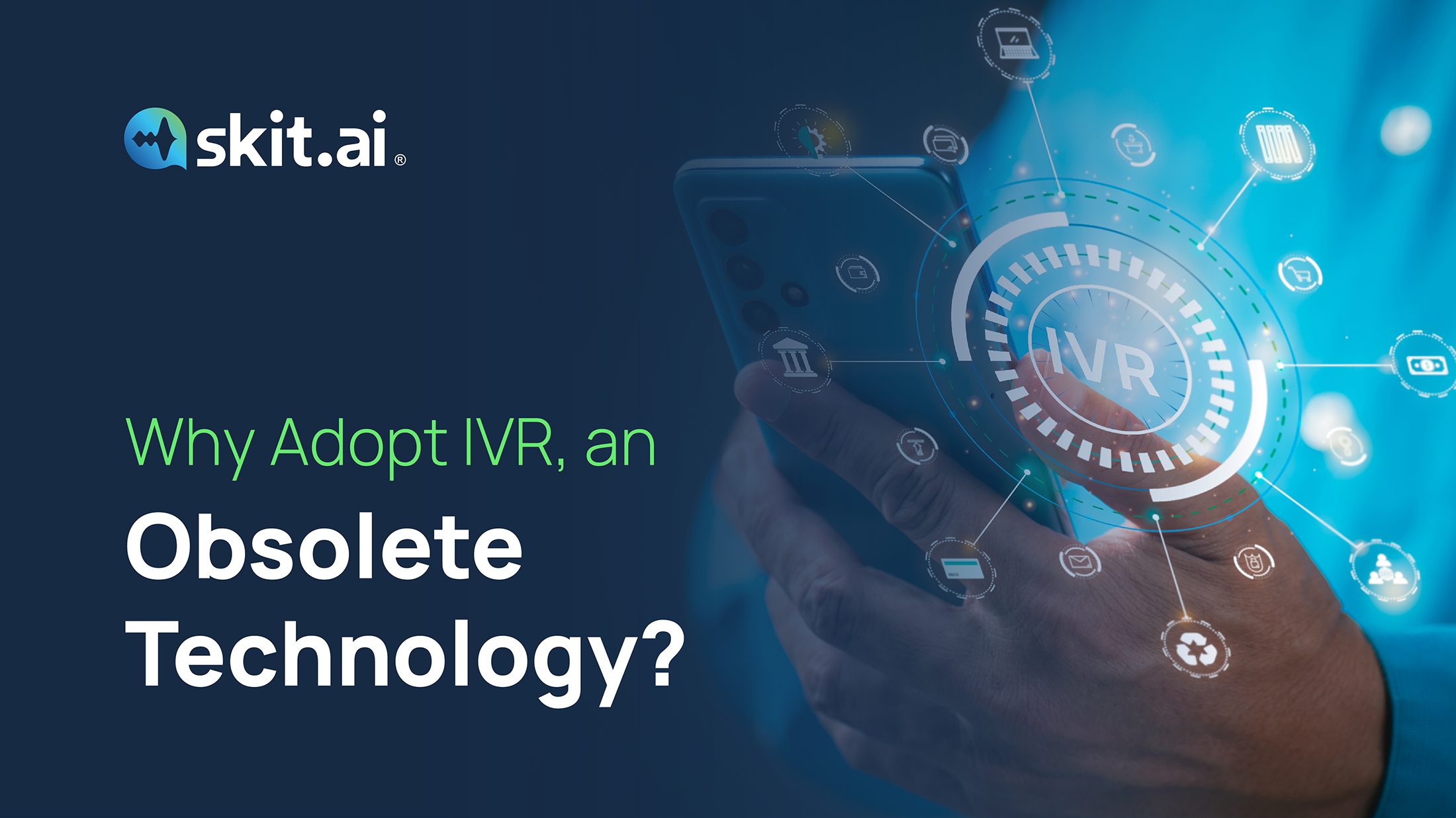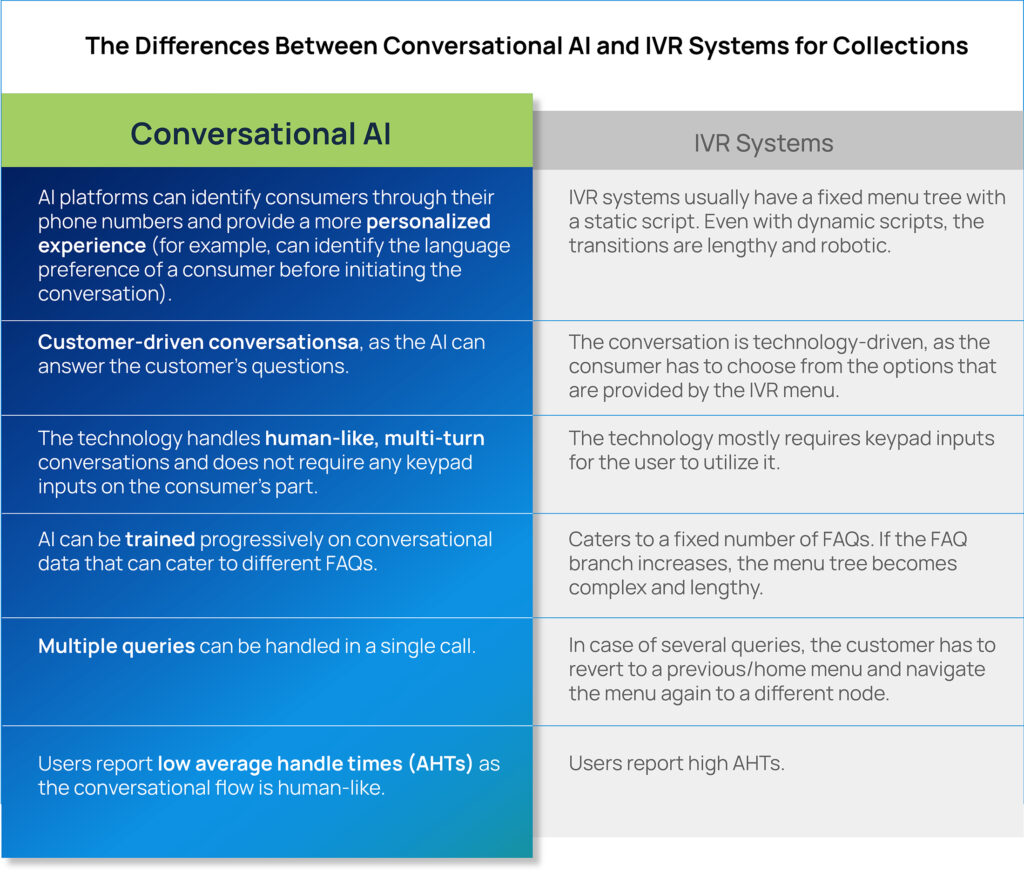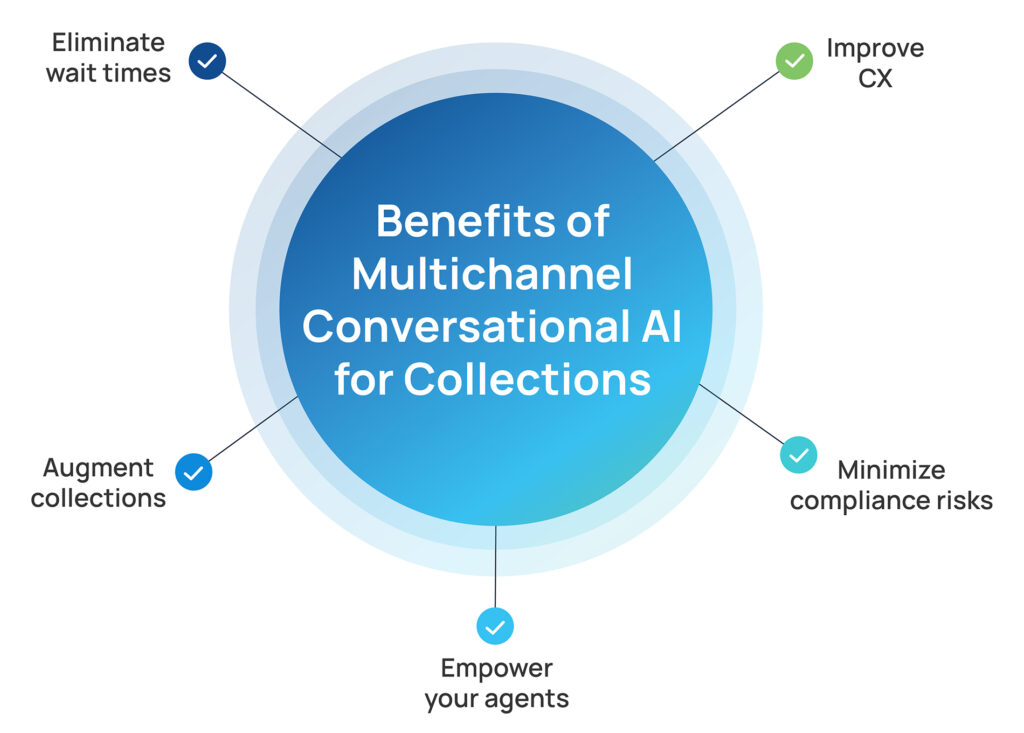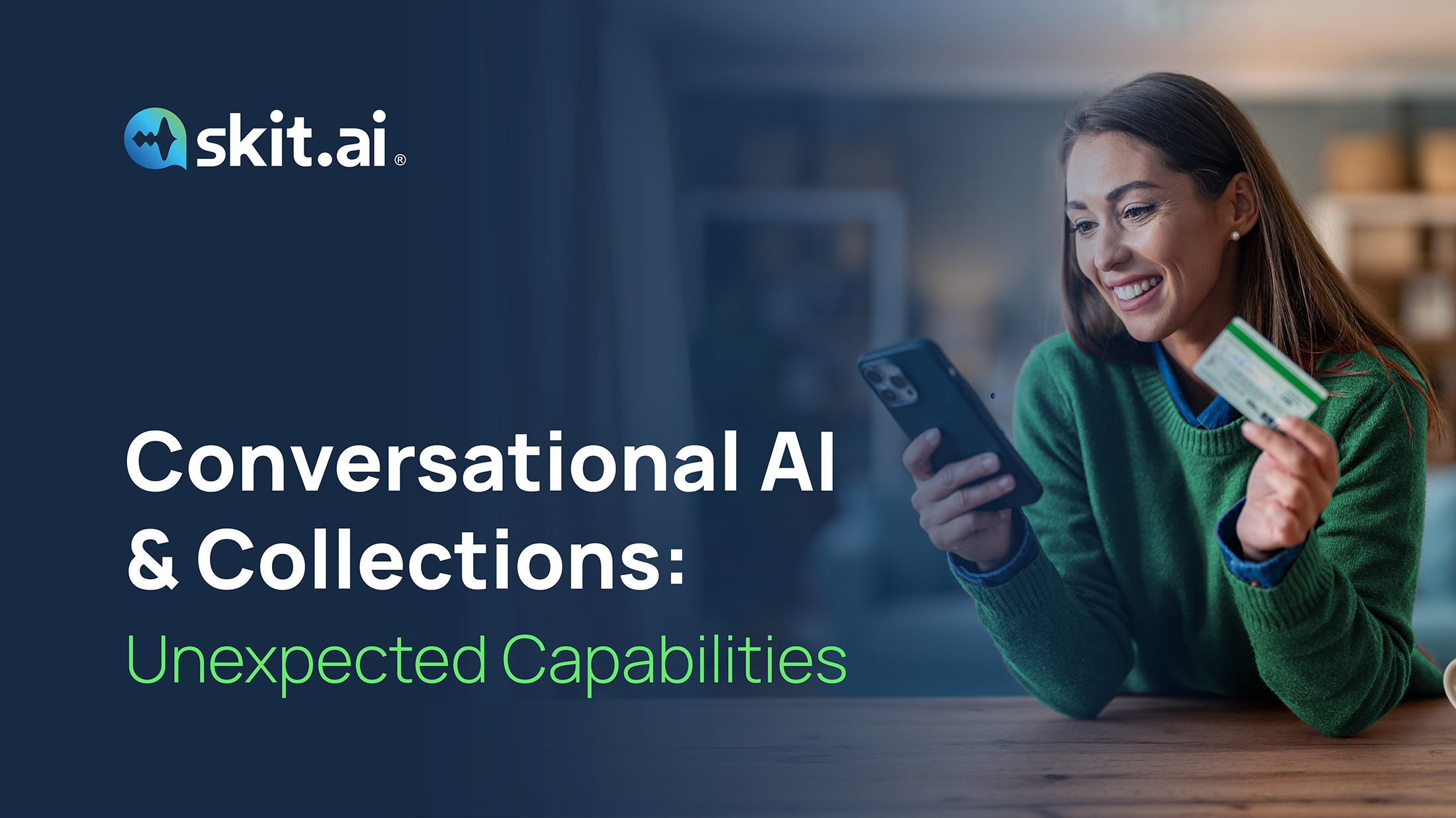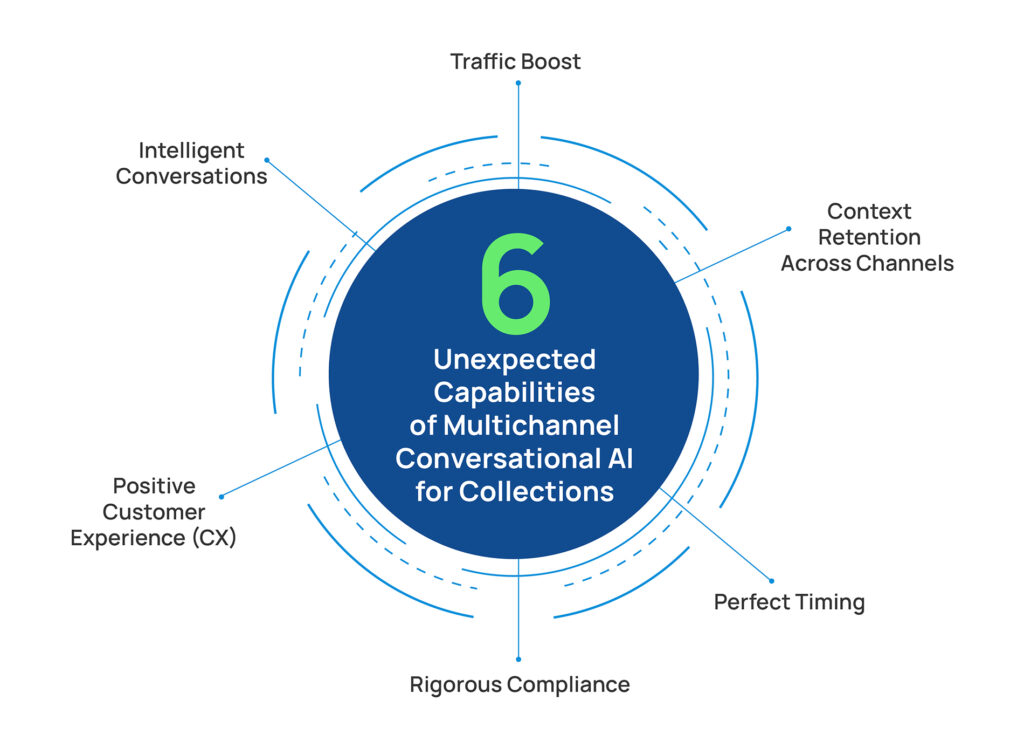You’ve been exploring Conversational AI as a possibile solution to automate your debt collection agency’s operations; you’re considering adopting AI to scale outbound and inbound calls and other interactions for collections. Congratulations—you’re in the right place. What next?
A Conversational AI solution can significantly reduce your business’ collection costs and improve the success rate and duration of your collection campaigns. However, not all AI vendors are the same. How do you choose the right vendor for your company?
Given our extensive experience in the accounts receivables industry and our tech expertise, we’ve put togehter a list of criteria to consider when meeting with providers and choosing the best one to move forward with, from the understanding of your business operations to technical capabilities.
If your Conversational AI vendor doesn’t fully understand the collections space, you’ll end up being heavily involved in every step of the process, causing delays, higher costs, and a disappointing return on investment.

Compliance with Debt Collection Regulations Based on Region
Collections are a highly regulated and litigious industry. The first thing to look for in any AI provider that handles collections is the company’s level of understanding of the existing laws related to collections in your region.
An AI-powered digital assistant handling outbound collection calls and messages can be designed to comply with consistency and precision that human agents can hardly achieve. However, it’s important to check whether the provider is up to date with the current laws.
For example, some of the collections-related regulations in the United States are:
- Telephone Consumer Protection Act
- Fair Debt Collection Practices Act (FDCPA) and Reg F
- Payment Card Industry (PCI) compliance
- Health Insurance Portability and Accountability Act (HIPAA)
Some of the regulations for Canada-based collections are:
- Personal Information Protection and Electronic Documents Act (PIPEDA)
- Canada’s Anti-Spam Legislation (CASL)
- Canadian Radio-Television and Telecommunications Commission: Key Unsolicited Telecommunications Rules
Provider’s Understanding of the Collections Space
This point goes beyond regulations: How well does the Conversational AI provider know and understand the collections space as a whole? Their understanding of the structure and overall operations of a collection agency will be a helpful factor in the collaboration between your business and the provider.
The provider should understand the agency’s structure, the challenges related to employee retention and call scalability, and the best practices for outbound collection calls. This way, you can trust that they will design an optimal conversation flow to facilitate your collection efforts.
Different factors, such as the type of debt and the age of the debt, may affect the conversation design.
Ability to Handle End-to-End Conversations
The Conversational AI solution needs to be able to handle interactions with consumers from start to finish, without any human intervention, from verifying the user’s identity to completing, to answering frequently-asked questions and completing a transaction.
The solution must be able to handle human-like, two-way conversations; its capabilities should include:
- Right-party contact (RPC) verification
- Promise-to-pay (PTP) capture
- Payment collection, either on-call or via SMS link to payment gateway
- Dispute handling
- Settlement and payment plans negotiation
Whenever the consumer requests it or the AI solution is unable to assist, the interaction should be transferred to a live agent; however, whenever that’s not needed, the solution should be capable of handling a variety of scenarios.
Seamless Multichannel Capabilities
To offer an outstanding customer experience and maximize recoveries, collection agencies nowadays must offer multichannel communications, empowering consumers to interact through their preferred channels, such as voice, chat, text messaging, and email. The best practice is to meet consumers where they are, offering the convenience of self-service they expect from financial services organizations.
Voice AI is the most engaging medium among automated communication channels, and can automate phone interactions optimizing the frequency and timing of each engagement.
AI assistants can also be deployed via SMS, chat, and email, offering cost-effective solutions for businesses and convenient channels for consumers. Many consumers nowadays prefer to interact via text messaging, as they enjoy the convenience of responding whenever they want.
Multichannel capabilities enable collection agencies to identify the best channel to contact various segments of consumers and leverage a mix of channels in a strategic manner. The solution must be able to retain context across channels, so that a consumer can start a conversation on one channel and continue it on another without losing any context.
Comprehensive Integration Ecosystem
When you adopt Conversational AI, you need to ensure it fits into your tech stack to streamline rather than complicate your collection operations. You should therefore be able to access a wide range of integrations with your other tools, such as your CRM, telephony system, SMS provider, payment gateway, and spam monitoring solution. This ensures a smooth, unified approach to consumer interactions, enhancing efficiency and effectiveness across all channels.
Actionable Analytics
Once the Conversational AI solution goes live, will you be able to easily visualize and analyze its performance and results?
As more and more users interact with the digital agents across various channels, you can gather precious data that you don’t want to waste. Your Conversational AI vendor should give you access to a dashboard to monitor the effectiveness and quality of the conversations. Actionable analytics will empower you to optimize your recovery strategy and improve your success metrics.
After Go-Live: Continued Voice AI Training
After your Conversational AI platform goes live and begins interacting with your consumers, the work is far from finished. The solution must be maintained and the technology should be further optimized to improve the conversational experience. Monitoring the solution, especially at the beginning, is needed for quality assurance purposes.
According to a recent Gartner report, failing to monitor automation tools in post-production is one of the most common mistakes companies make when implementing automation.
Additionally, it’s important to note that Conversational AI solutions are typically rolled out in multiple phases: with time, additional capabilities and use cases may be added.
Therefore, your agency will want to work with an AI provider wthat hasa clear plan for post-go-livetraining and handling.
In conclusion, watch out for these key questions to ask your Conversational AI vendor.
For more information and a free demo, you can schedule a call with one of our experts. We’ll be happy to help!


